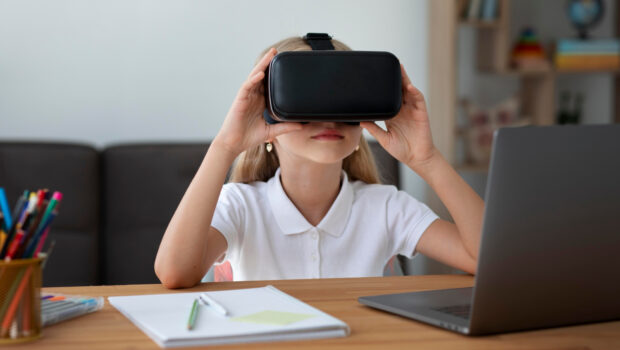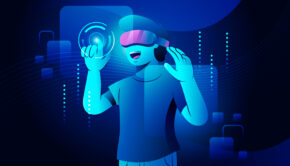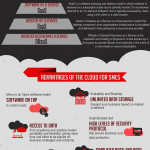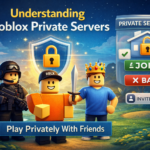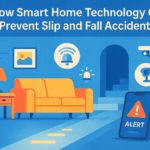How To Use Virtual Reality To Teach Math Concepts To Kids
If used effectively, technology can positively affect a child’s learning progress. Whether through math apps, video games, or virtual reality, technology has brought new learning methods that are engaging and fun. Virtual reality has been in the picture for a long time, but many people assume it’s only for fun gaming and adventure, which is unlikely to be an effective learning tool.
In 2019 virtual reality was integrated into algebra to help learners have a deeper and richer understanding of math education. Virtual reality has been introduced in some schools to help students with difficulties in topics that require spatial imagination, like constructing linear equations. Below are some ways virtuality has been used to teach math concepts to kids.
Creativity and imaginations
Unlike math apps for kids, virtual reality is a technology that brings imagination to life. The students get an opportunity to step in the shoes of the natural practitioner and are tasked with problems that they solve using mathematical formulas, making it easy to teach mathematics to children. For example, suppose learners step into the shoes of a business manager. In that case, they can create virtual business models and calculate when stock will be out, the number of required employees, and graphs of the business performance.
Virtual reality gives kids a view of the actual activities involved in the real world compared to everyday imagination. This helps improve their creative and imaginative skills, even the physical, making it easy to work out even complicated problems.
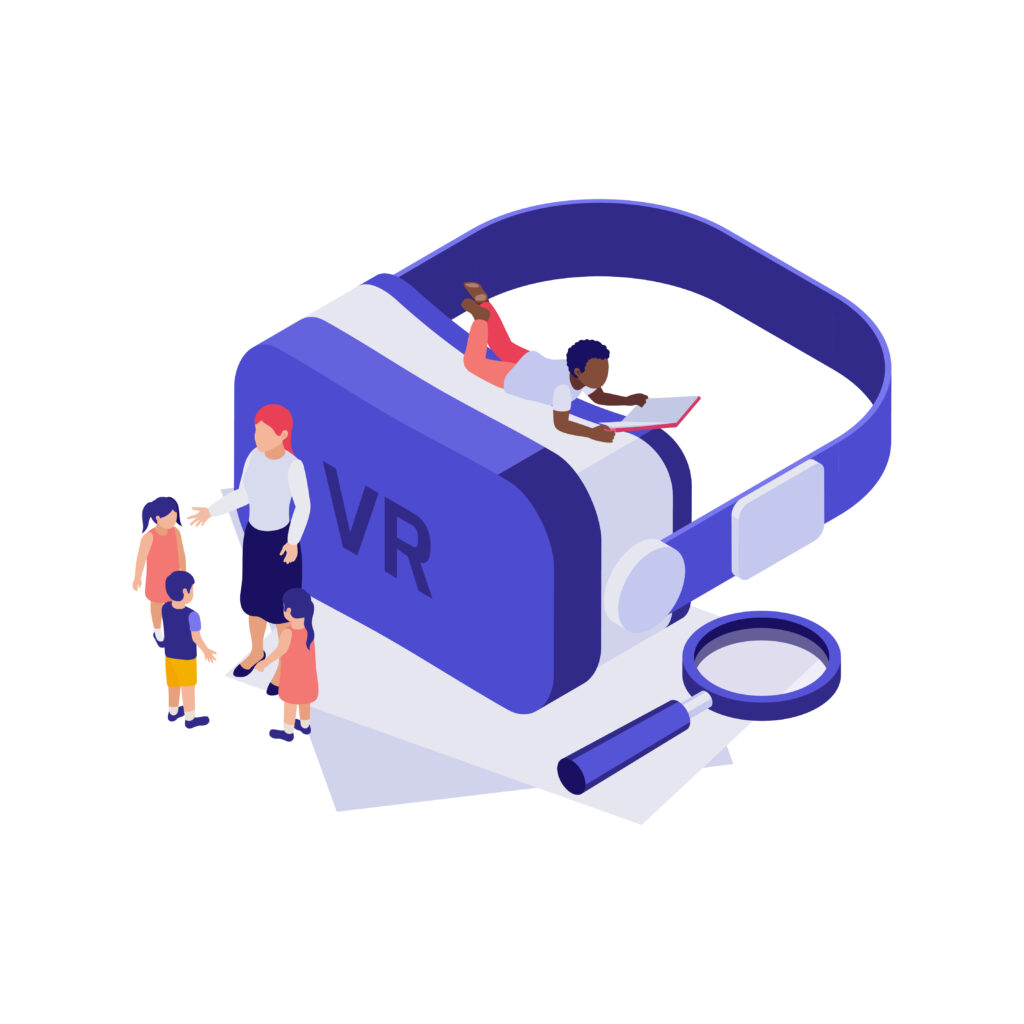
Image by Freepik
Developing teamwork and social skills
With virtual reality math, tutors can customize math problems to work out in groups or personally by creating a fun, exciting, and collaborative environment. Through the educational metaverse, learners can investigate, research, and make presentations virtually in pairs. This gives them a chance to interact with each other in a fun and engaging way that makes working together exciting.
Some learners have psychological skill boundaries that make it difficult to ask questions or collaborate with others to work out challenging mathematical problems. Virtual reality helps create hypothetical conversations where learners can feel safe and express themselves. With time the student will adapt to the social environment and be more expressive in asking questions.
Improving knowledge retention
Knowledge retention is essential in ensuring that the student can work out problems without referring to the learning materials. Virtual reality creates an ample learning space that blocks out all the visual and auditory distractions allowing the student to focus on what they are learning. It helps create a hypothetical situation of any math problem where the student can work it out by understanding the complex concepts that are hard to grasp in ordinary reality by helping the brain create clear and detailed mental maps.
This also helps reduce the tutor’s workload and gives them more time to explain and discuss with the learners math problems that virtual reality is unable to solve. It also helps save costs for buying extra learning materials and tools. The teacher has enough time to look into each student’s area of difficulty and be able to explain to them individually.
Enhancing student engagement
The most significant downside of the formal learning method is the learners’ low engagement rates. With virtual reality, tutors get to create another dimension away from the world’s distractions. Virtual reality is presented on screens that most children are always stuck to, which helps capture the kids’ attention allowing them to focus on what is taught.
Unlike in a regular classroom, where children get distracted by what is happening outside, their fellow students, and zoning out, virtual reality captures a child’s concentration entirely as most of the calculations are presented in vivid and attractive animations. Students ghetto participate actively in a class by exploring immersive learning environments such as visiting the moon.
Empathy build-up
Virtual reality, as mentioned earlier, allows kids to be professional practitioners. They get to understand and see life from a different perspective than what they imagine in their mind. Whether it’s feelings, mindset, or emotional awareness, earners experience it through virtual reality. They get to empathize with the weak in society, which helps spark ideas of possible solutions to the challenges facing such people.
For example, a particular math problem involves food distribution to refugees. The tutor can create a hypothetical situation through VR, and the kids are responsible for virtually distributing the food. This way, the child empathizes with refugees’ poor living conditions. In the future, the kid will be thankful for what they have.
Virtual reality is a great technological tool that is used in various fields of education being among them. Some schools have embraced VR in their systems, while some still need help to install it due to the high cost of installing, maintaining, and hiring the expertise.
Cover Image by Freepik

